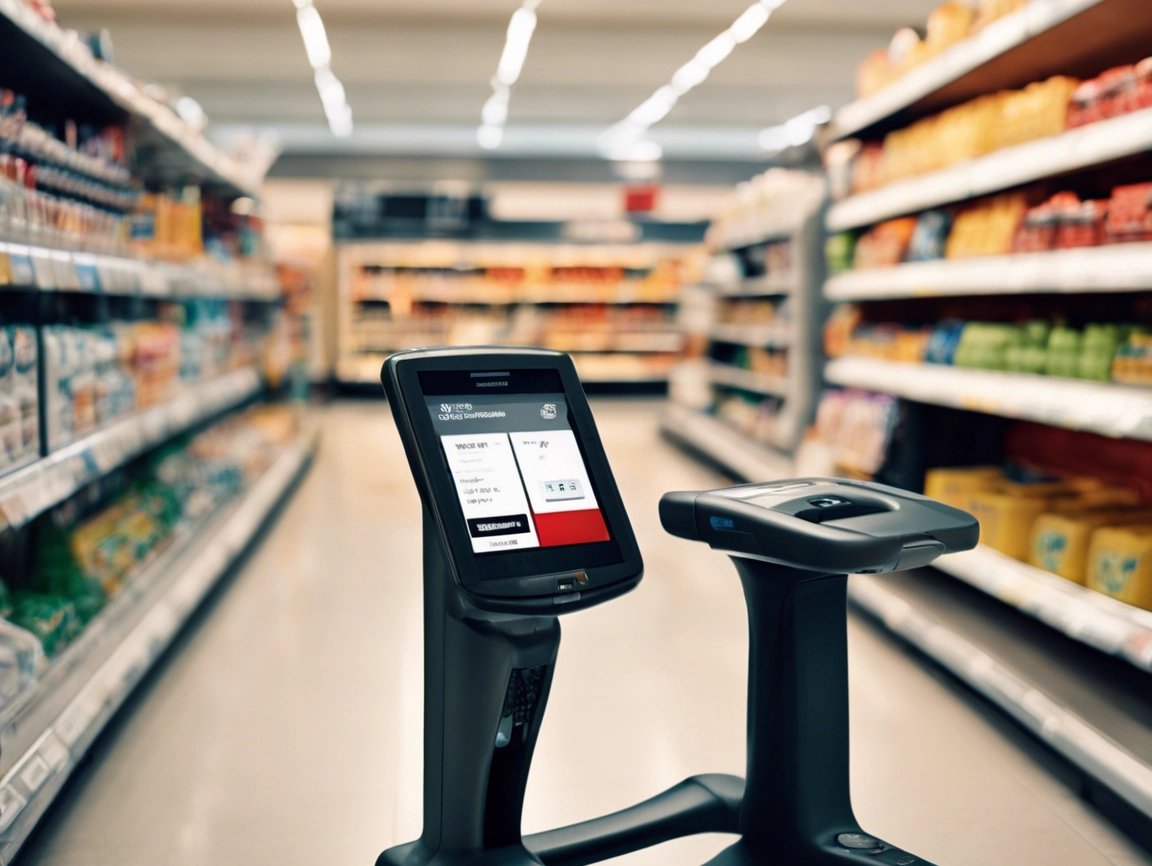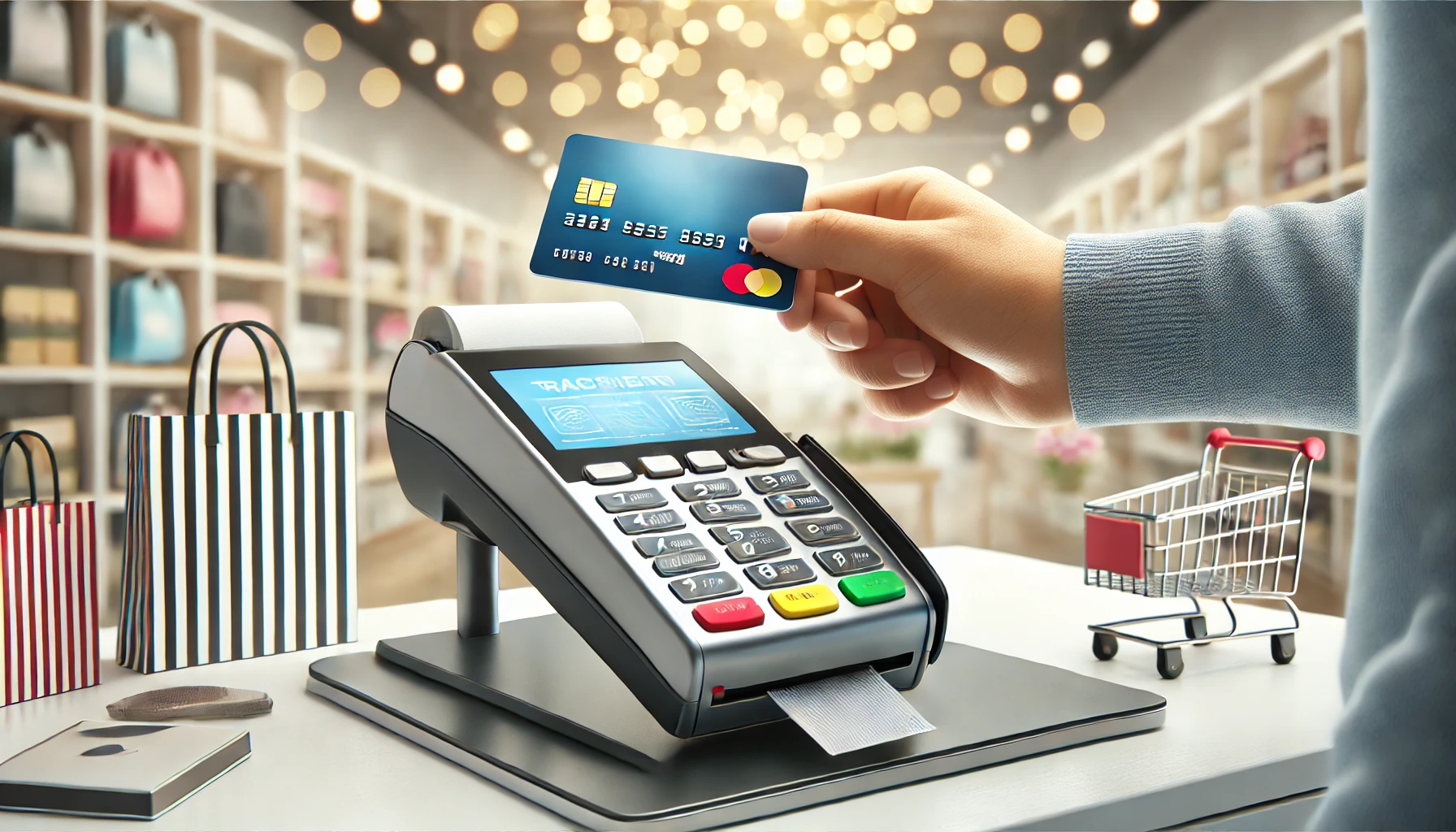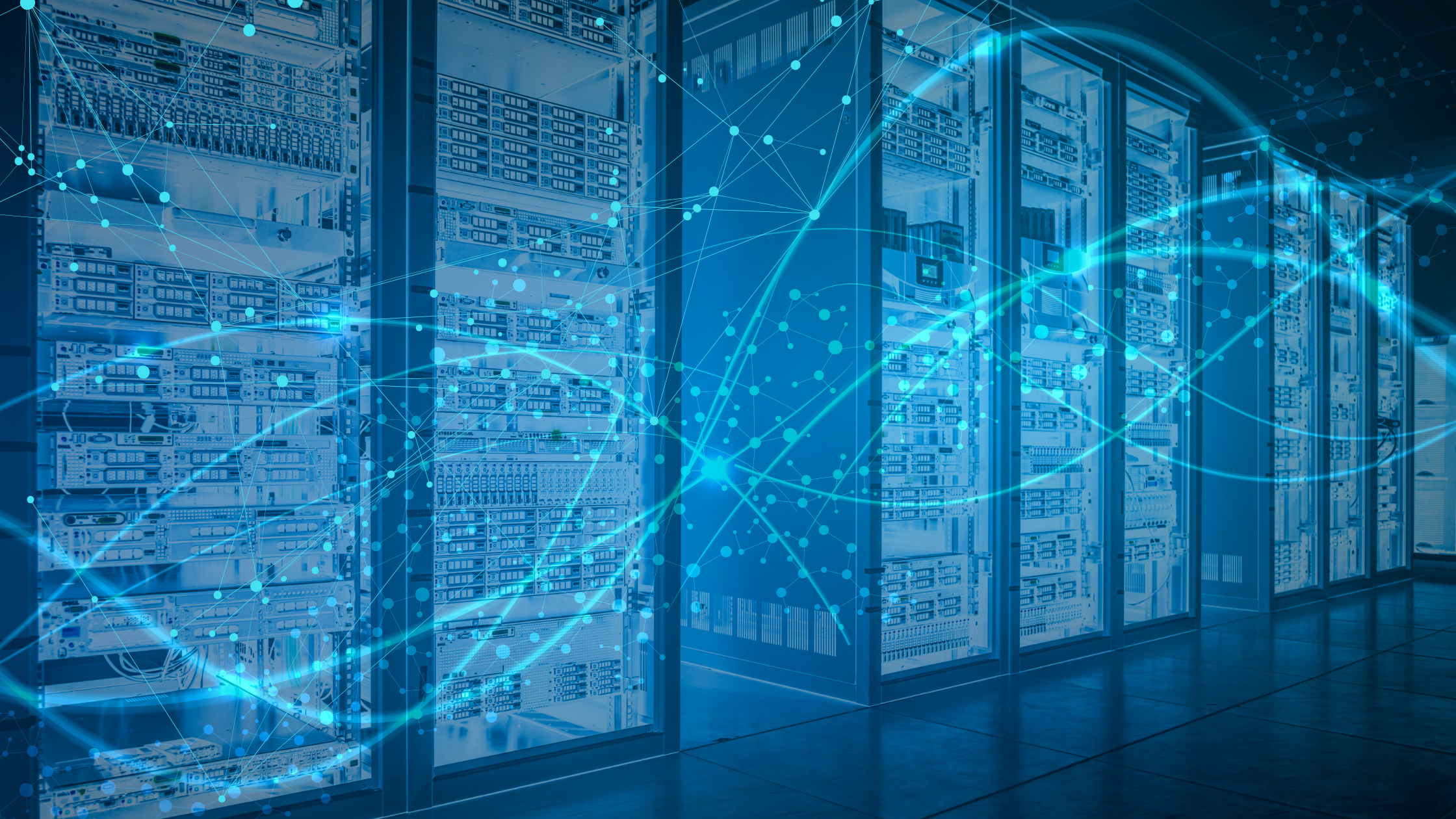Self-checkout in retail: a comprehensive overview
The retail landscape has changed dramatically over the last few decades. One of the most notable innovations is the introduction of Self-checkout systems. This technology has not only revolutionized the way customers shop, but has also significantly improved the operation and efficiency of retail stores. In this blog post, we will take a deep dive into the world of self-checkout in retail, examine the different types of systems, analyze their benefits and challenges, and take a look at the future of this technology.
What is self-checkout?
Self-checkout (SCO) refers to checkout systems that allow customers to scan, pack and pay for their goods themselves, without the help of a cashier. These systems are usually equipped with scanners, screens and payment terminals. They can take various forms, including
- Self-checkout kiosksStationary units, which are often found in supermarkets and large retail stores.
- Mobile self-checkoutSystems based on smartphones that allow customers to scan and pay for their purchases via an app.
- Scan-and-go systemsCustomers scan items with a hand scanner that they receive when they enter the store and pay at special terminals at the end of their purchase.
Advantages of self-checkout
1. Increased efficiency
Self-checkout systems can significantly increase in-store efficiency. They reduce queues at the checkouts and allow customers to shop faster. This can be particularly beneficial during peak times.
2. Cost savings
Retailers can reduce personnel costs by using self-checkout systems. Fewer cashiers are needed, which reduces labor costs. In addition, employees who previously worked at the checkouts can be deployed for other tasks in the store.
3. Improved customer experience
Many customers appreciate the control and autonomy it offers them. They can complete their purchase at their own pace and do not have to wait in long queues. This can increase customer satisfaction and loyalty.
4. Space saving
Staffless kiosks generally take up less space than conventional checkout counters, which is particularly advantageous in stores with limited space.
Challenges of self-checkout
1. Technical problems
Like any technology, autonomous systems are also susceptible to technical problems. Scanners can be faulty, screens can freeze and payment terminals can fail. Such problems can affect customer satisfaction and disrupt operations.
2. Theft and fraud
Allowing customers to scan themselves could make retailers more vulnerable to theft and fraud than traditional POS systems is the case. Customers may try to avoid scanning items or use the wrong barcodes. Retailers must therefore take additional security measures to prevent such activities.
3. User friendliness
Not all customers are familiar or comfortable with using self-checkout systems. Older customers or people with limited technical skills may have difficulty using the systems.
The future of self-checkout
The future of this approach to invoice clearing looks promising. With advances in technology, particularly in the field of artificial intelligence (AI) and machine learning, self-checkout systems are becoming smarter and more user-friendly. Some of the future developments could include:
- AI-controlled self-checkout systemsThese systems could be able to better detect and automatically correct errors and fraud.
- Improved user interfacesIntegration of voice control and more intuitive user interfaces could make the technology more accessible to a broader customer group.
- Integration with other technologiesSystems could be seamlessly integrated with other technologies such as smart shelves and IoT devices to create a fully connected shopping experience.
Summary
Self-checkout systems have the potential to fundamentally change the retail industry. They offer numerous benefits, including efficiency gains, cost savings and an improved customer experience. At the same time, however, there are challenges that need to be overcome, particularly in terms of technical issues and security. However, with continuous technological advances and adaptations, these systems can be further optimized and play a central role in the The future of retail play.
By continuously monitoring and adapting technologies, retailers can ensure they are meeting the needs and expectations of their customers while maximizing their operational efficiency.





